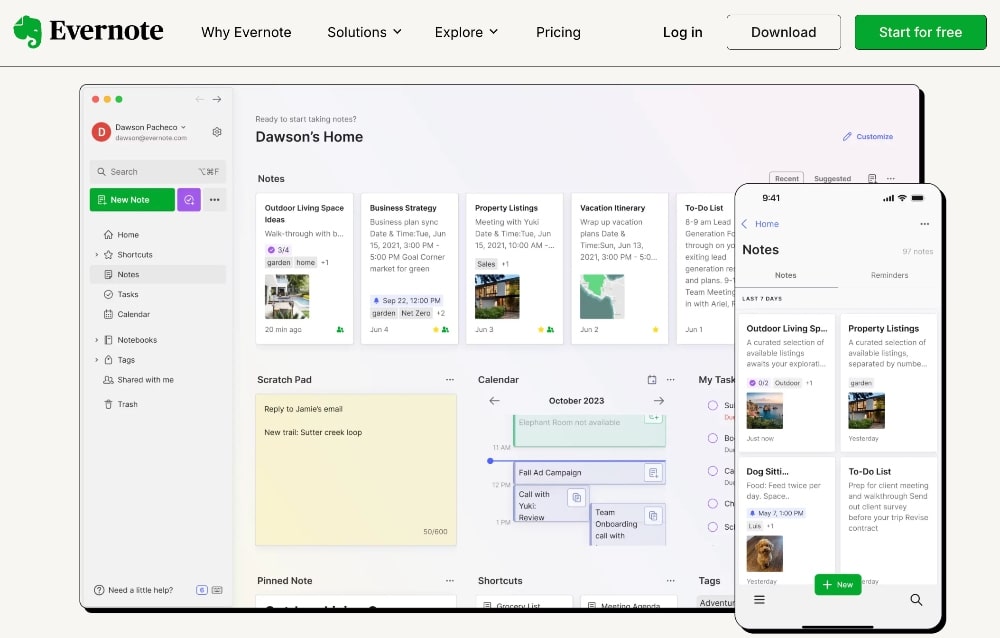In today’s fast-paced world, where creativity is both a valuable currency and a critical skill, mastering creative productivity has never been more important.
Whether you’re a writer, artist, designer, or any other type of creator, finding ways to enhance your creative output can significantly impact your success and satisfaction.
This article aims to provide you with practical methods to boost your creative productivity, helping you navigate the challenges of creative success and achieving your goals.
Some common challenges that creators experience that inhibit creative work include:
- Procrastination: The tendency to delay tasks can hinder progress and lead to missed deadlines.
- Perfectionism: The desire to create something flawless can stifle creativity and prevent you from finishing projects.
- Burnout: Overworking without taking breaks can lead to exhaustion, making it difficult to generate new ideas.
Creative productivity is not just about overcoming these challenges and churning out more work; it’s about producing meaningful and high-quality creations that resonate with your audience and fulfill your personal vision.
In this guide, we’ll explore the foundations of creative productivity, optimize your environment, build effective systems, and delve into the creative process.
By the end, you’ll have a toolkit of strategies to help you thrive as a creator.
Understanding Creative Productivity
Before diving into methods, it’s essential to understand what creative productivity truly means. Unlike traditional productivity, which often focuses on efficiency and quantity, creative productivity emphasizes the quality and significance of your output.
It’s about producing work that is not only abundant but also meaningful and impactful.
As creators, we often face the pressure to constantly produce, but it’s crucial to prioritize the depth and relevance of our work over sheer volume.
By focusing on meaningful creative output, we can ensure that our creations have a lasting impact and truly reflect our unique voices.
15 Productivity Methods for Creators
In the following sections, we’ll explore 15 methods that can help you master creative productivity and unlock your full potential as a creator.
1. Fostering a Growth Mindset
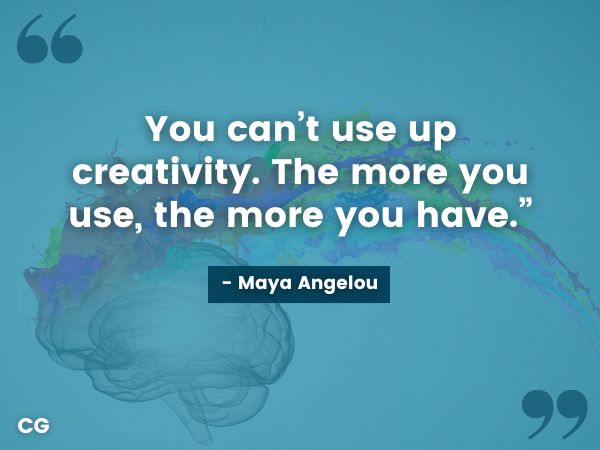
A growth mindset is the belief that your abilities and intelligence can be developed through dedication, hard work, and perseverance. This mindset is essential for creative professionals because it fosters resilience in the face of challenges and encourages continuous learning.
When you adopt a growth mindset, you view setbacks as opportunities for learning rather than failures. This perspective allows you to take risks, experiment with fresh ideas, and push the boundaries of your creativity.
Instead of feeling discouraged by criticism, you can use it constructively to refine your work and develop your skills further.
Tips on How to Cultivate a Growth Mindset
- Embrace Challenges: Seek out new projects or skills that push you out of your comfort zone. Embracing challenges can lead to personal and professional growth.
- Learn from Feedback: Instead of fearing criticism, view it as a valuable tool for improvement. Analyze feedback objectively and use it to enhance your work.
- Celebrate Effort, Not Just Results: Acknowledge the effort you put into your creative pursuits, regardless of the outcome. This helps you appreciate the process and stay motivated.
- Surround Yourself with Growth-Oriented People: Engage with peers who have a growth mindset. Their enthusiasm and perspective can inspire you to adopt similar attitudes.
2. Create a Dedicated Workspace
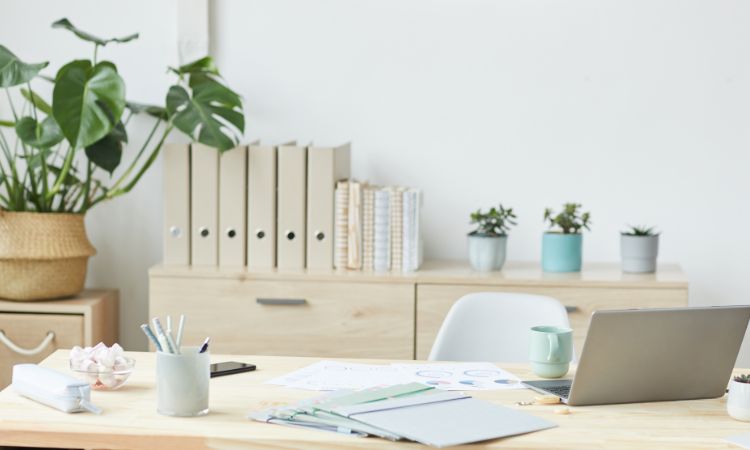
Your environment can significantly influence your creative productivity. Creating a sacred workspace—a dedicated area that inspires and supports your creativity—can make a world of difference.
A specific space for your creative work allows you to mentally shift into “work mode,” separating professional tasks from personal life. By controlling your environment, you can minimize interruptions and concentrate better on your projects.
Tips for Setting Up Your Workspace
- Choose the Right Location: Find a quiet spot with natural light to enhance your mood and energy.
- Invest in Comfort: Use ergonomic furniture to support good posture and add personal touches to make the space inviting.
- Organize Your Tools: Keep essential materials within reach and declutter regularly to maintain a clear mind.
- Establish Boundaries: Communicate your need for uninterrupted time and use visual cues, like headphones, to signal when you’re in productive mode.
3. Leverage Technology and Tools
Technology can be both a boon and a bane for creators. While digital tools offer countless opportunities to enhance creativity, they can also become distractions if not used mindfully.
The key is to leverage technology in a way that supports your creative process rather than hinders it.
Here are some key ways to use technology to your advantage as a creator:
- Project management tools: Platforms like Trello, Asana, and Notion help you organize tasks, set deadlines, and track progress, ensuring that you stay on top of your projects without feeling overwhelmed.
- Digital note-taking apps: Tools such as Evernote and Microsoft OneNote allow you to capture ideas and inspiration, organize your thoughts, outline your creative projects, and more.
- AI writing tools: Tools like Perplexity AI, Jasper, and Claude can help you brainstorm ideas, generate content drafts, and even refine your writing style, allowing you to overcome writer’s block and accelerate your workflow.
There are also other cool tools and apps like Focus@Will or Forest that help you stay focused by providing background music tailored for concentration or encouraging you to stay off your phone by growing a virtual tree while you work.
By leveraging the right apps and software, you can streamline your workflow, organize your projects, and boost your efficiency.
4. Set Intentional Goals

Setting clear goals is a fundamental aspect of mastering creative expression and productivity. Goals provide direction, helping you focus your efforts and measure your progress.
When you have specific objectives in mind, it becomes easier to prioritize tasks and stay motivated throughout your creative journey.
Clear goals can take many forms, whether they are short-term targets, such as completing a specific project, or long-term aspirations, like publishing a book or launching an online business.
By defining your goals, you create a roadmap that guides your actions and decisions, making it easier to navigate the often chaotic world of creativity.
When setting goals, make sure to use the SMART Goal Framework to ensure your goals are Specific, Measurable, Achievable, Relevant, and Time-bound. This framework helps you create well-defined objectives that are realistic and attainable.
5. Develop Creative Habits
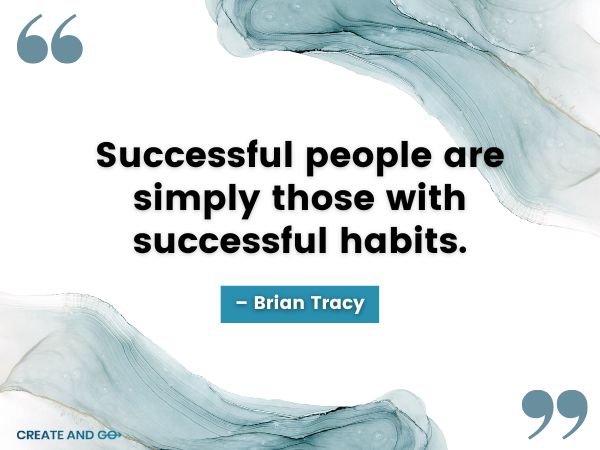
Establishing a routine is a powerful strategy to boost productivity and creative success. A well-defined schedule helps you create structure in your day, making it easier to prioritize your creative work, maintain focus, and enter a creative state more readily.
It also helps reduce decision fatigue by eliminating the need to constantly choose when and how to work and helps you build momentum as tasks become habitual and require less energy.
Tips to Establish an Effective Routine
- Identify Your Peak Hours: Determine when you are most productive—whether it’s early in the morning, during the afternoon, or late at night. Schedule your most important work during these peak hours to maximize your creative output.
- Set Specific Time Blocks: Allocate dedicated time slots for different creative tasks, such as brainstorming, writing, or editing. This helps create a sense of urgency and encourages you to stay focused.
- Include Breaks: Don’t forget to schedule regular breaks to recharge your mind. Short breaks can prevent burnout and enhance creativity by giving your brain time to rest and process information.
- Be Flexible: While routines are important, it’s also essential to remain adaptable. Life can be unpredictable, so allow yourself the flexibility to adjust your schedule as needed without feeling guilty.
- Start Small: If you’re new to routines, begin with small, manageable changes. Gradually build upon these habits until they become a natural part of your daily life.
6. Creating a System to Capture Ideas Instantly
Inspiration can strike at any moment, and without a system to record those fleeting thoughts, you risk losing valuable insights. By developing the habit of capturing these new thoughts instantly, you create a reservoir of inspiration to draw from when needed.
Use a note-taking app to quickly jot down ideas, syncing across devices for easy access. If writing isn’t feasible, voice memo apps can help you capture thoughts verbally.
A small notebook can also be a handy tool when technology isn’t available.
7. Use Time Management Techniques
Effective time management is crucial for maximizing creative productivity. By employing proven techniques, you can enhance focus, reduce procrastination, and make the most of your creative sessions.
These strategies help you allocate your time wisely, ensuring that you dedicate sufficient energy to your projects while balancing other responsibilities.
Here are some popular time management techniques to consider:
- Pomodoro Technique: This method involves working in focused bursts of 25 minutes, followed by a 5-minute break. After completing four cycles, take a longer break of 15-30 minutes. This technique helps maintain concentration and prevents burnout by incorporating regular rest periods.
- Time Blocking: Allocate specific blocks of time for different tasks throughout your day. By scheduling dedicated periods for creative work, administrative tasks, and personal activities, you create a structured routine that minimizes disruptions and helps you stay productive.
- Eisenhower Box: Also known as the Urgent-Important Matrix, this tool helps you prioritize tasks by categorizing them into four quadrants: urgent and important, important but not urgent, urgent but not important, and neither urgent nor important. This approach helps you stay focused on high-priority tasks that align with your goals.
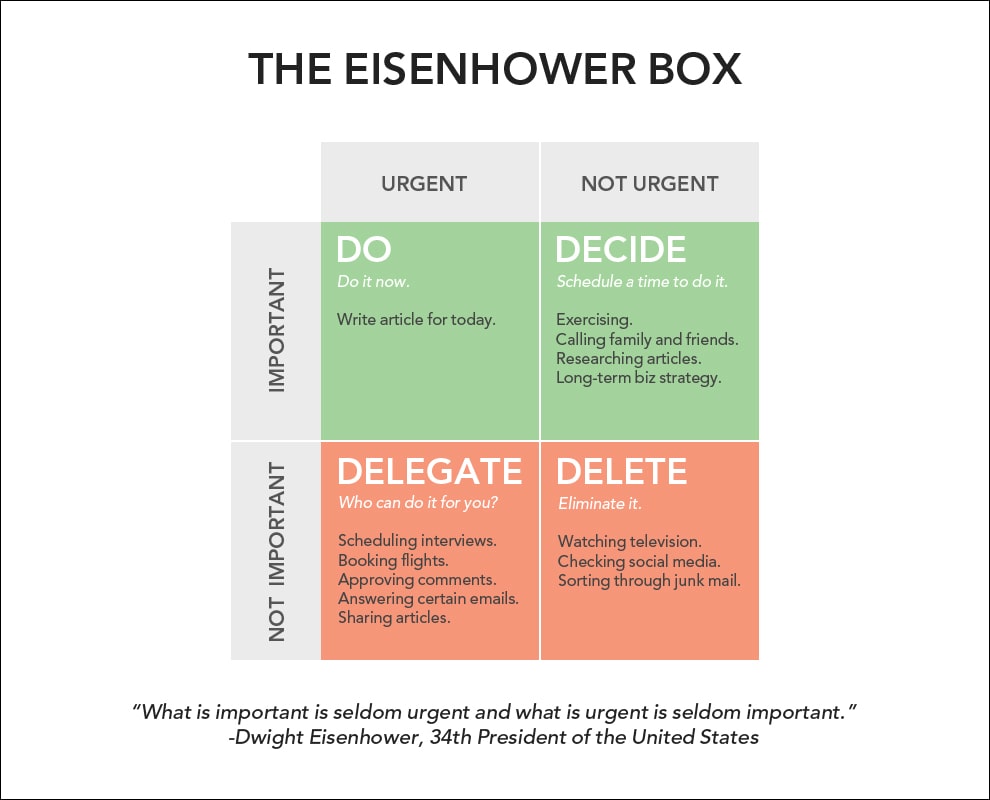
8. Batch Your Work
Batching your work involves grouping similar tasks together and completing them in dedicated time blocks, allowing you to focus fully on one type of work at a time. By minimizing task-switching, you can reduce distractions and increase efficiency.
When you batch your work, you enable your brain to enter a state of flow. For instance, a writer might dedicate one session to brainstorming, another to drafting, and a separate block for editing.
This approach streamlines your workflow and helps maintain focus and momentum.
9. Embrace Imperfection and Iteration
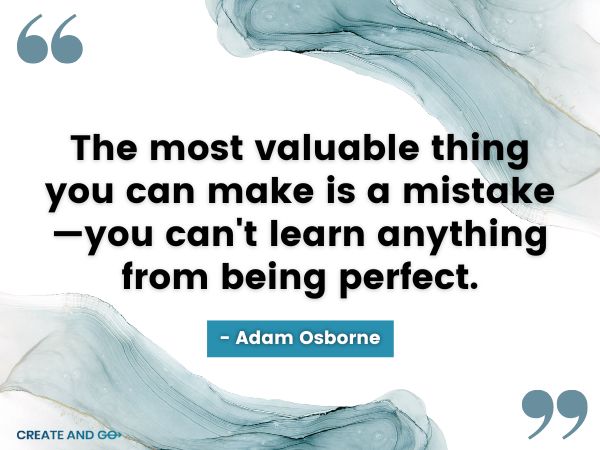
One of the most liberating aspects of the creative process is the acceptance of imperfection.
As creators, we often strive for perfection, but this pursuit can stifle creativity and hinder progress.
Embracing imperfection allows you to focus on volume over perfection, encouraging you to produce work consistently and refine it through iterations.
Iteration is a powerful tool for creative growth. By viewing each creation as a stepping stone rather than a final product, you open yourself up to learning from mistakes and continuously improving your work.
This mindset fosters resilience and adaptability, enabling you to navigate the creative process with confidence and curiosity.
10. Balancing Consumption and Creation
In the digital age, we are constantly bombarded with information and content. While consumption can be a source of inspiration, it’s essential to strike a balance between consuming and creating.
The content you consume influences your creative output, so it’s important to be mindful of what you allow into your creative space.
Consider implementing strategies to limit inputs and enhance your creative output. This could involve setting boundaries on social media usage, curating the content you engage with, or dedicating specific times for consumption and creation.
By finding this balance, you create space for your unique voice to emerge and flourish.
10. Experiment with Different Mediums
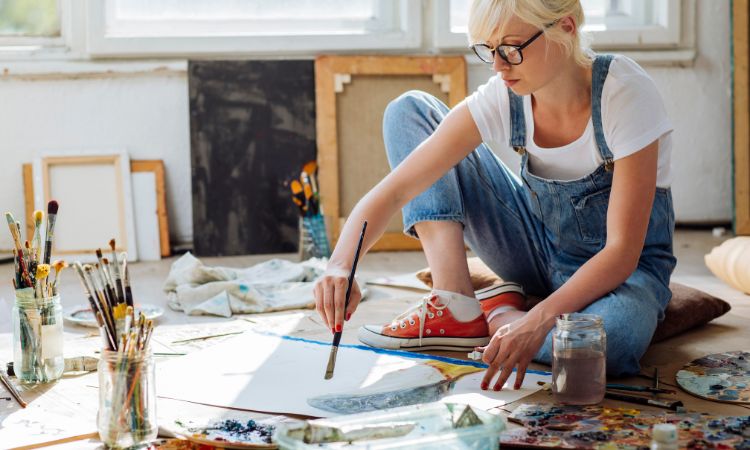
One of the most exciting ways to enhance your creative productivity is by experimenting with different mediums. Trying new forms of expression can spark fresh ideas, break creative blocks, and deepen your understanding of your craft.
Whether you’re a writer, artist, or musician, exploring various mediums can lead to unexpected discoveries.
Consider stepping outside your primary medium; for instance, a writer might explore visual art or photography, while a painter could try digital design.
Attending workshops or classes focused on different mediums can provide guidance and boost your confidence as you learn new techniques.
Setting creative challenges, such as writing a short story as a comic strip or composing a song using found sounds, can motivate you to push your boundaries.
11. Practice Stealing Like an Artist
One of the biggest problems that creative people face is the pressure to constantly innovate and reinvent the wheel. Imposter Syndrome is an all-too-common fear that many creators face.
Austin Kleon’s “Steal Like an Artist” has a simple yet powerful core message: nothing is truly original, and the best way to create is by borrowing and remixing ideas from those who inspire you.
Kleon encourages us to “steal” in a way that distinguishes between the two concepts of imitation and emulation. He states that imitation is just about copying someone else’s style, while emulation is about taking inspiration and transforming it into something that feels distinctly yours.
By diving deep into the thought processes of other successful creators, we can internalize their vision and discover our own unique voice.
12. Staying Humble and Curious

Humility and curiosity are essential traits for creative growth.
Staying humble allows you to remain open to feedback and new perspectives, while curiosity drives you to explore new ideas and push the boundaries of your creativity. Together, these traits foster a mindset of continuous learning and improvement.
Embrace the role of a lifelong learner by seeking new knowledge and skills. Attend workshops, read widely, and engage with other creators to expand your horizons.
By staying humble and curious, you create a fertile ground for creativity to flourish and evolve.
13. Share Your Work
One of the most challenging aspects of the creative process is sharing your work with others. Fear of judgment and criticism can be paralyzing, but overcoming this fear is crucial for growth and connection.
By sharing your work, you open yourself up to valuable feedback and the opportunity to engage with a community of like-minded individuals.
Remember that creativity is a dialogue, not a monologue. Sharing your work allows you to contribute to a larger conversation and receive insights that can enhance your creative journey.
Embrace feedback as a tool for growth and view each interaction as an opportunity to refine and improve your work.
14. Collaborate with Others
Working with others brings fresh perspectives, diverse skills, and new ideas to your projects, enriching your creative projects. Whether teaming up with artists, writers, or other creatives, collaboration can lead to innovative outcomes that you might not achieve alone.
Seek out like-minded creators through local art groups, online communities, or social media. Participating in workshops or meetups provides opportunities to brainstorm and share ideas in a supportive environment.
15. Change Your Environment
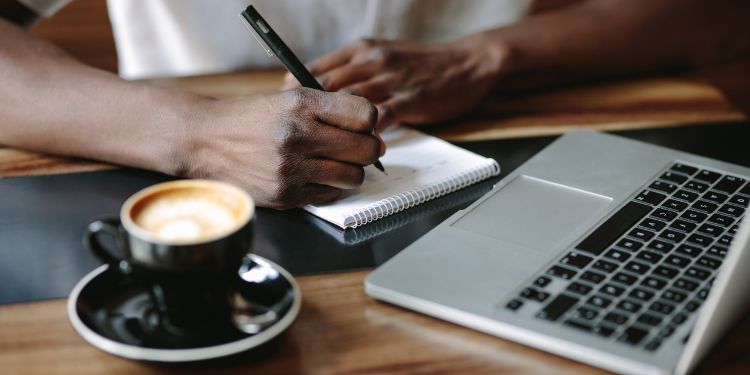
Sometimes, all it takes to boost creative productivity is to change your environment. It can be easy to get stuck in our own process, day in and day out, leading to boredom and monotony.
Whether it’s working in a different room, a café, or even outdoors, altering your surroundings can help clear your mind and stimulate change in how you think and approach your creative works.
FAQs About Creative Productivity
Conclusion
Learning how to boost your creative productivity is an exciting journey that can open up new possibilities in your work and life.
Staying productive in your creative life not only helps you generate fresh ideas but also adds joy and fulfillment to your daily routine.
Remember, it’s all about finding that sweet spot between exploration and execution, where you can let your imagination run wild while still getting things done.
Don’t be afraid to try new things, collaborate with others, and learn from your experiences. Keep your mind open to creative expression and new perspectives, and you’ll be amazed at what you can create!
